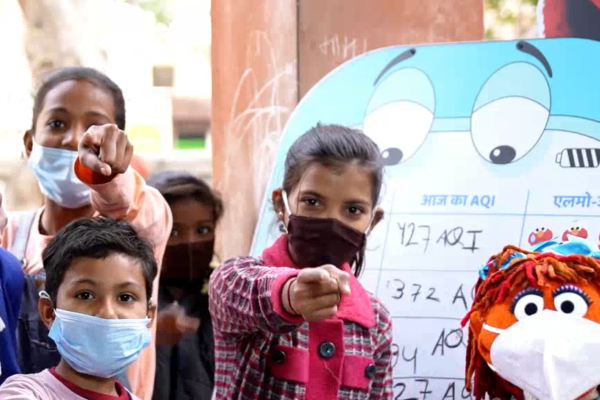The Mazovia voivodship, which includes the capital city of Warsaw, is one of the most urbanized areas in Poland. It’s also associated with higher levels of traffic-related air pollution due to the high concentration of inhabitants, daily commuting, and industrial activities.
Most decision makers recognise the problem of fuel heating devices in households. However, little attention is paid to air pollution from transport, which is the biggest source of nitrogen oxides (NOx) pollution. Transport also emits sulphur oxides, carbon monoxide, dust (PM10, PM2.5 and finer PM 0.1) and heavy metals, such as lead and mercury.
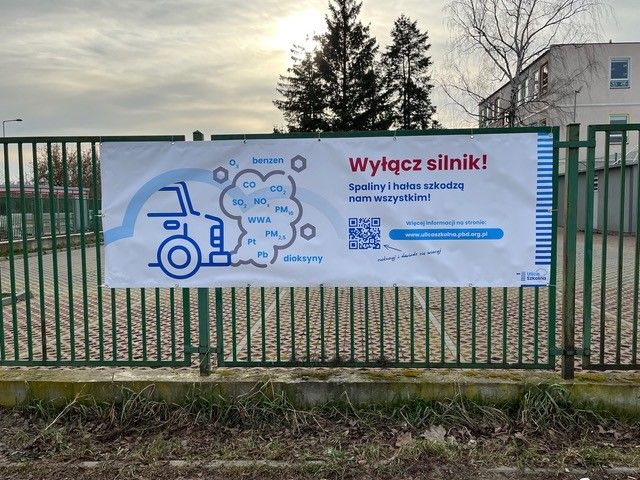
Air pollution is bad for children’s health
Young children are among the most vulnerable to air pollution. They have shorter respiratory systems, higher breathing rates and developing lungs. They also react much more rapidly to poisonous and irritating substances. Children are also more exposed to roadways and traffic-related air pollution because of their height. In addition, they are outside for longer periods and are usually more active when outdoors.
The effects of air pollution on a child can have lifelong health implications. While global actors like WHO and UNICEF draw attention to this issue, there is very little knowledge and actions at the local level.
Recent studies in Spain, US and Poland proved the link between air pollution and children’s behaviour and school performance. Higher exposure to PM2.5 was linked to hyperactivity, anxiety and other behavioural problems, as well as reduced gray matter in the parts of the brain that are involved in language and cognitive control.
School areas are often located in urban areas with high levels of traffic, which experience surges of traffic during pick up and drop off hours. Reducing transport-related air pollution in school areas is critical to protect children’s health and ability to learn.
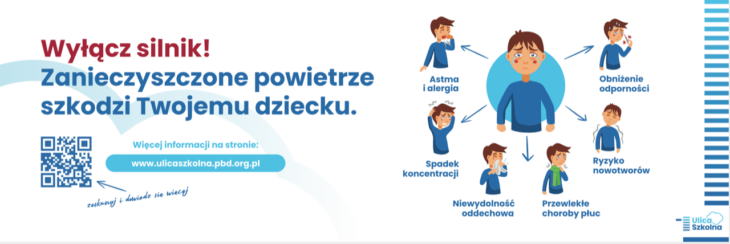
Educating parents to protect children
“School Streets” (“Ulica szkolna”) is a pilot project initiated by the Road Safety Partnership of Poland (Partnerstwo dla Bezpieczeństwa Drogowego) that recognises it is essential not only to monitor air quality, but also take systematic measures to reduce traffic related air pollution levels and lower the risk of road injuries.
The project focuses on areas around schools which have clear transport and mobility patterns for children, parents and school personnel.
Five primary schools were selected, all with pre-school classes, as parents of children aged 5-7 years are our primary target group. Polish law mandates that parents assist children at this age to school – all the way to the building. However it’s difficult for most parents to change their mobility patterns and commute without cars. It is crucial for parents to be aware of their driving behaviour and follow the school’s procedures and rules to ensure the safety of students, pedestrians and themselves.
The project focuses on research, awareness raising, behaviour change and policy making. As our educational materials for parents explain, school safety zones have many benefits:
- Protect children and ensure their safety as they travel to and from school.
- Reduce traffic around schools, making it safer for children to walk or bike to school.
- Encourage healthy habits, physical activity and improve intellectual capacity by promoting walking and biking to school.
- Improve air quality by changing mobility patterns and reducing cars on the road.
- Provide a sense of security for children and parents in and around the school.
School safety zones also encourage local governments to make further changes for their communities by creating a safer and healthier environment for everyone. In our initial meetings, regional authorities in each of the five school areas recognised that road safety and air quality improve public health, the environment, and cost-effectiveness.
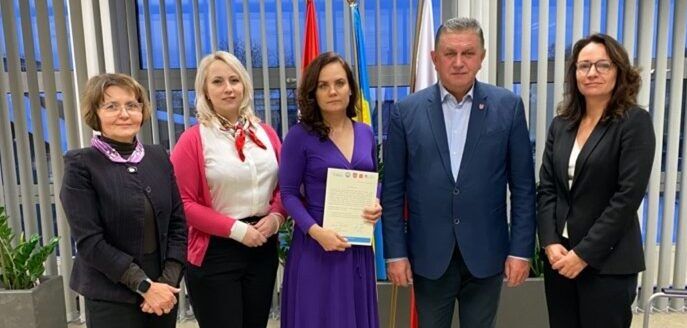
A tailored approach to local challenges
In each location, air quality measuring devices were installed in the front and back of schools to capture transport-related air pollution compared to areas not directly exposed to traffic. Additionally, traffic volumes and types of vehicles are manually being registered to check the number of vehicles arriving to each school in the morning and afternoon. Mobile monitoring of various routes to schools was also introduced to provide data comparisons between different walking paths to each school.
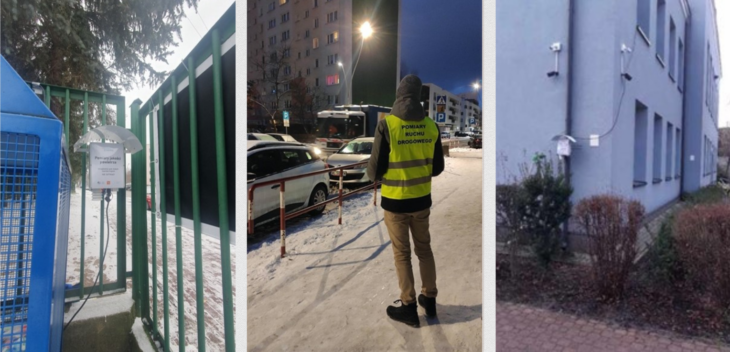
It’s important to demonstrate synergy between existing measures and a tailored approach to fit the specific needs and challenges of a location. But establishing a catalogue of actions and tools is also crucial for enabling consistent improvements in safety and well-being of children and whole communities.
The Road Safety Partnership was founded on the principles of building partnerships and coalitions for the most effective action. Knowing how partnerships can enhance the “School Streets” project’s success and impact, we paid attention to bringing together diverse perspectives and expertise. The “Rodzic w mieście” (Parent in a city) foundation has joined the project to leverage its network, resources and expertise.

